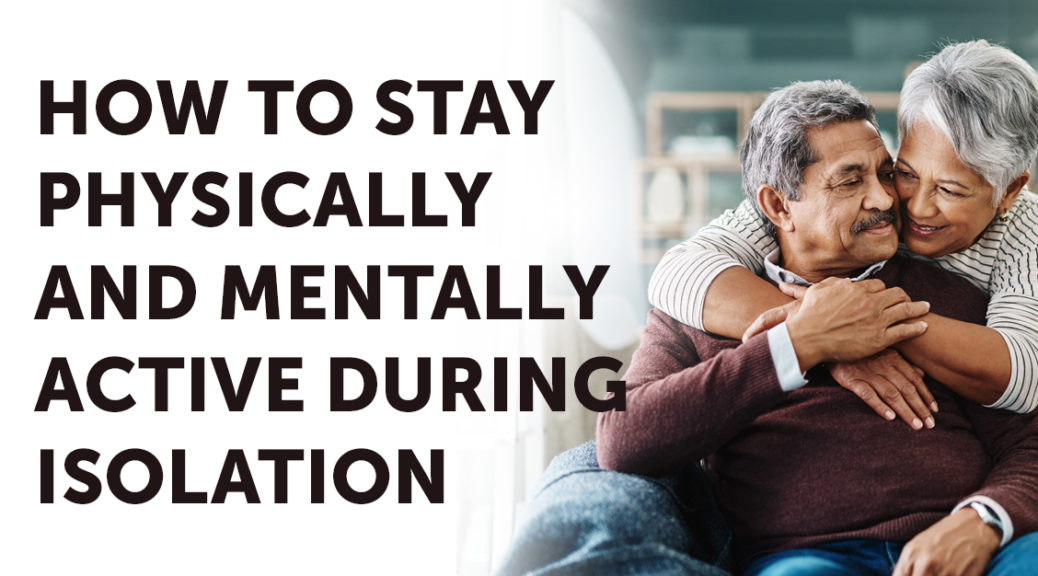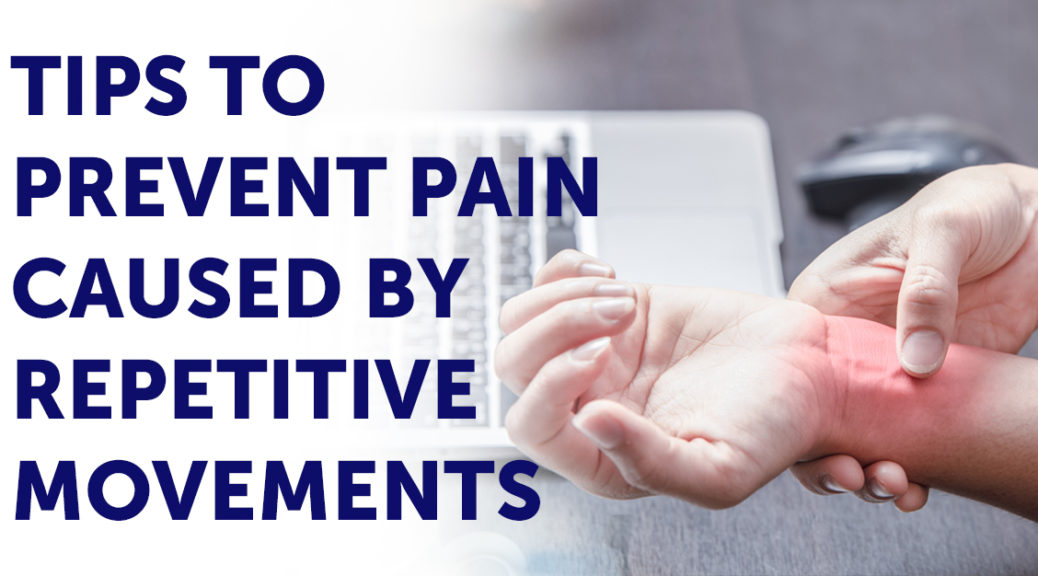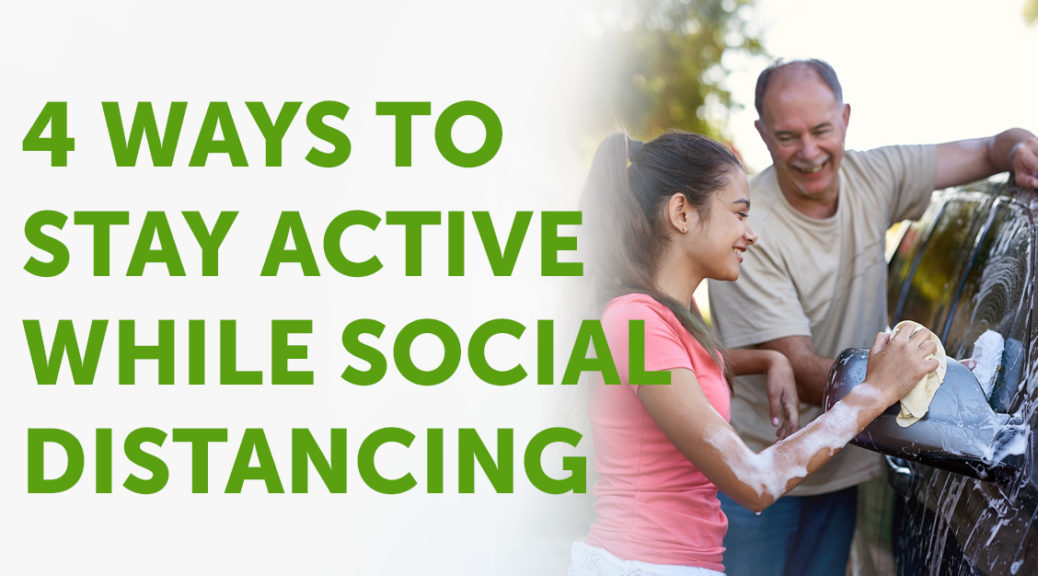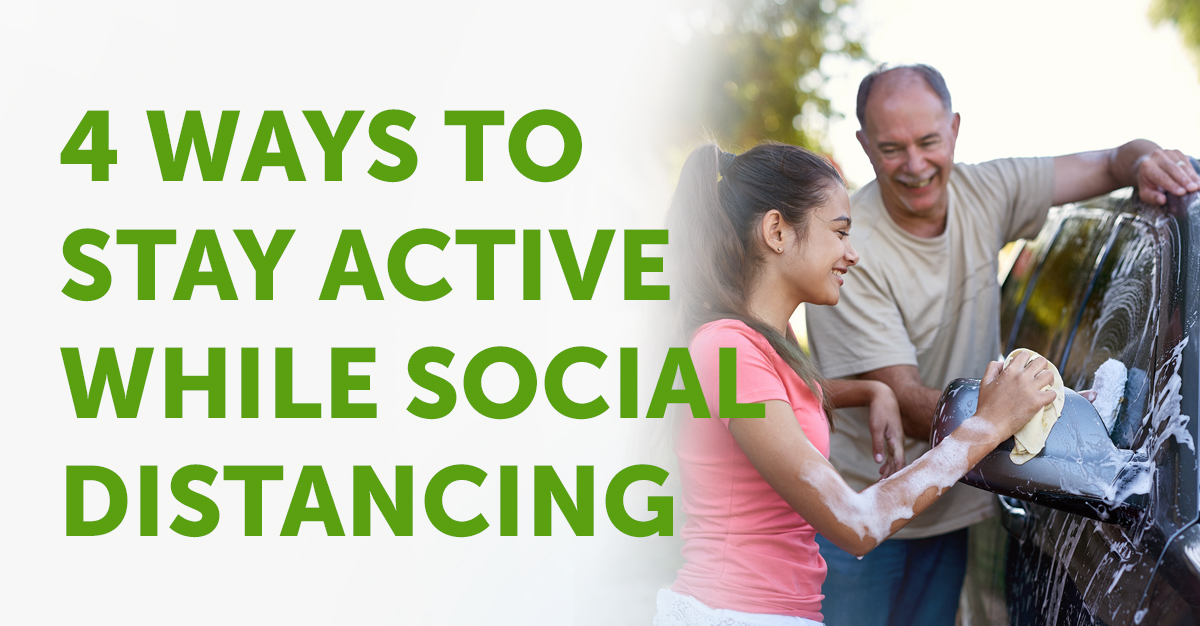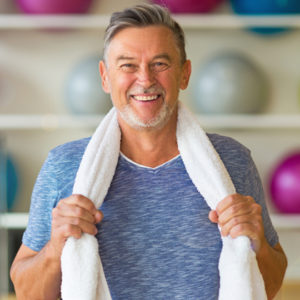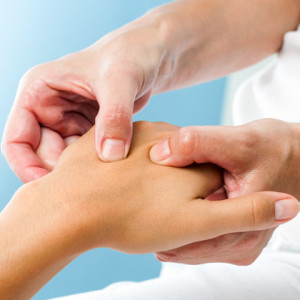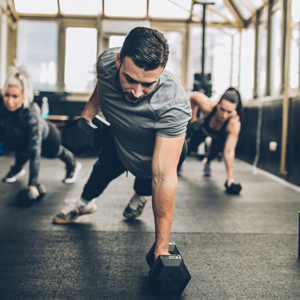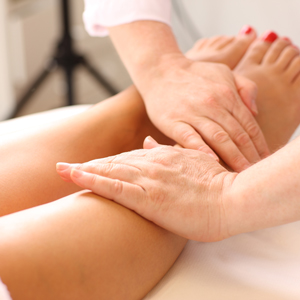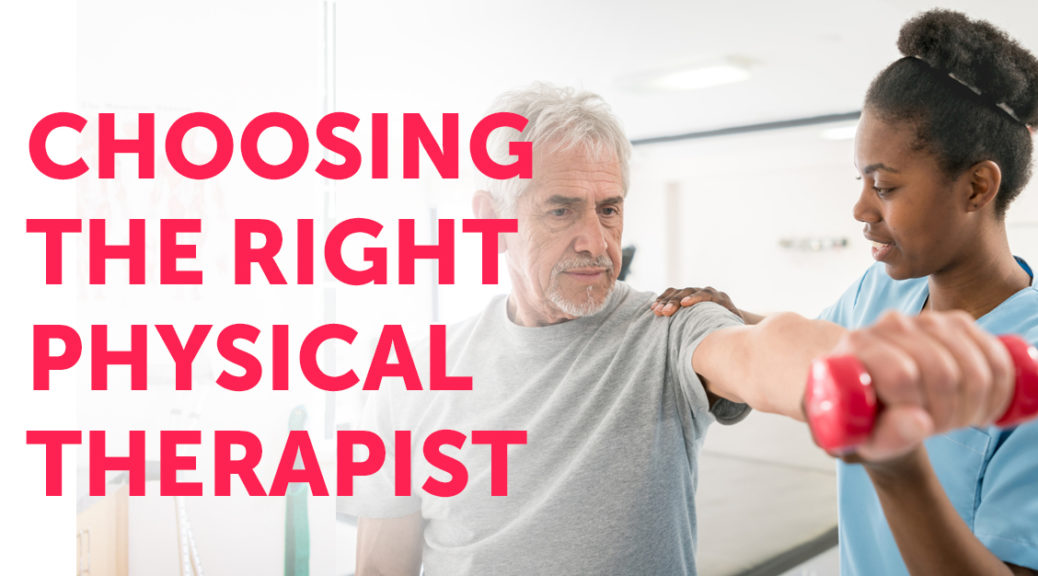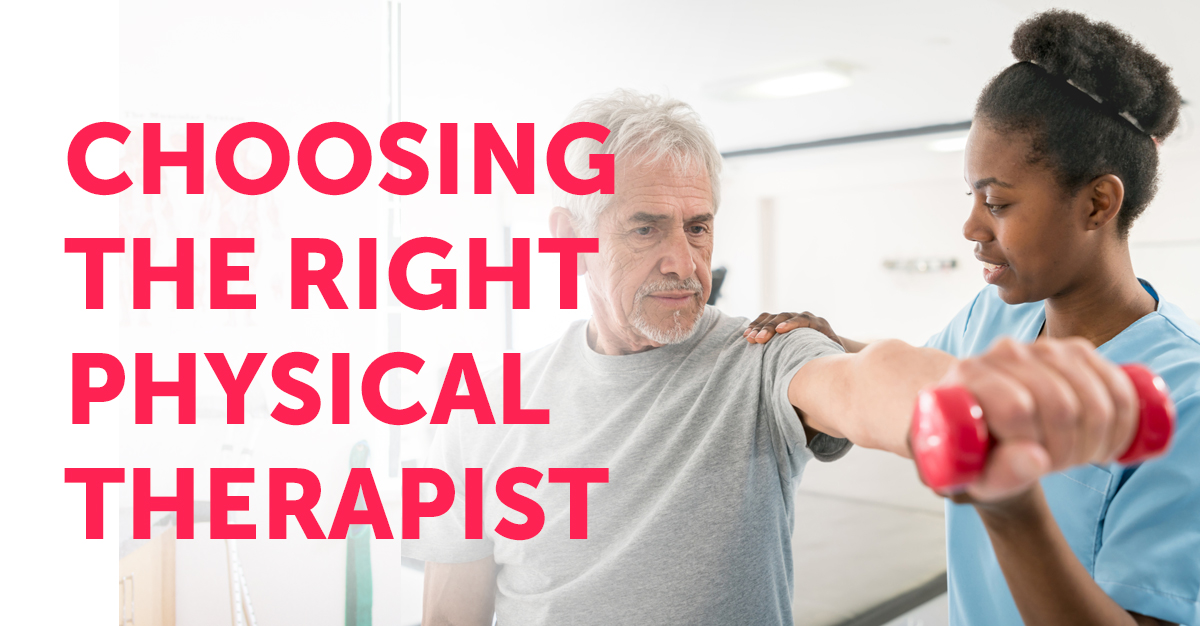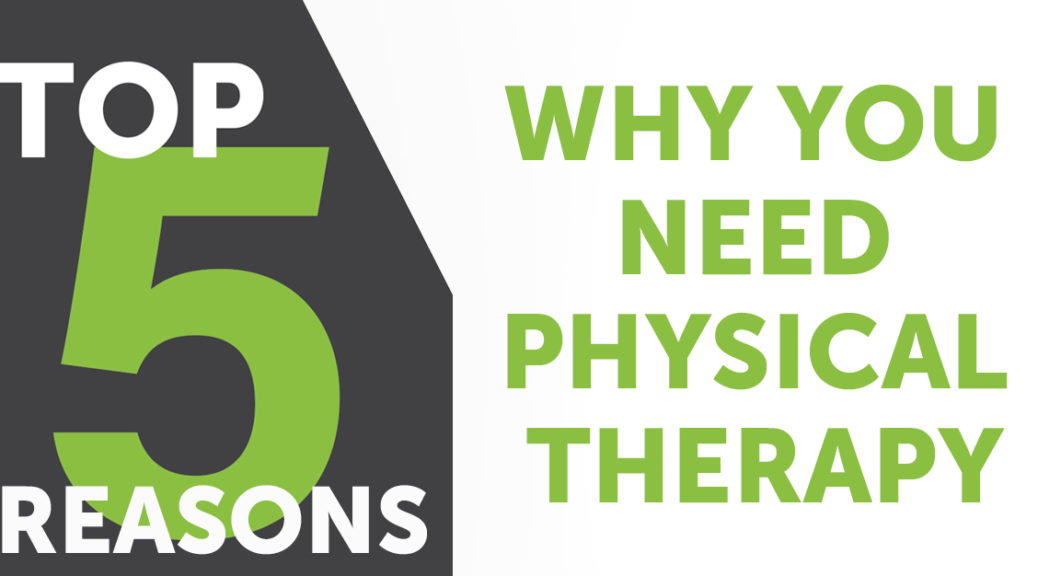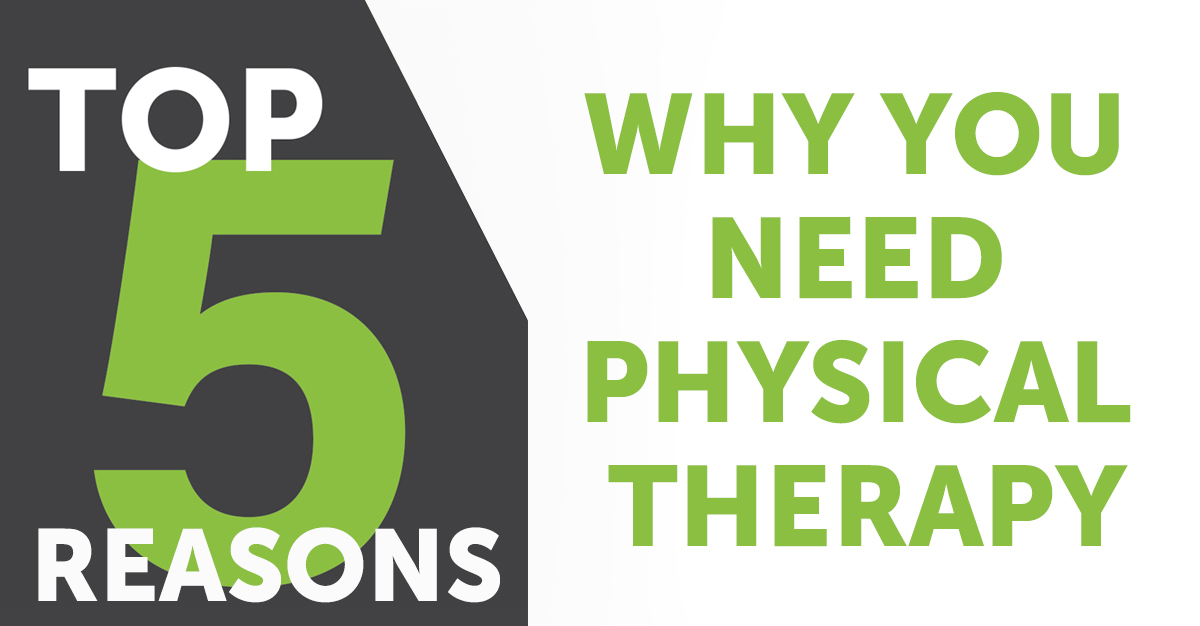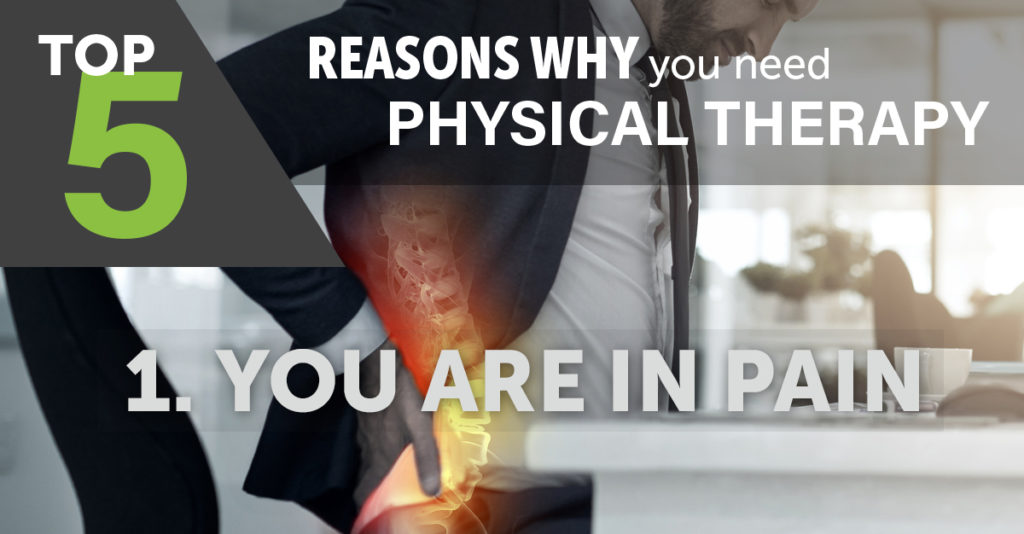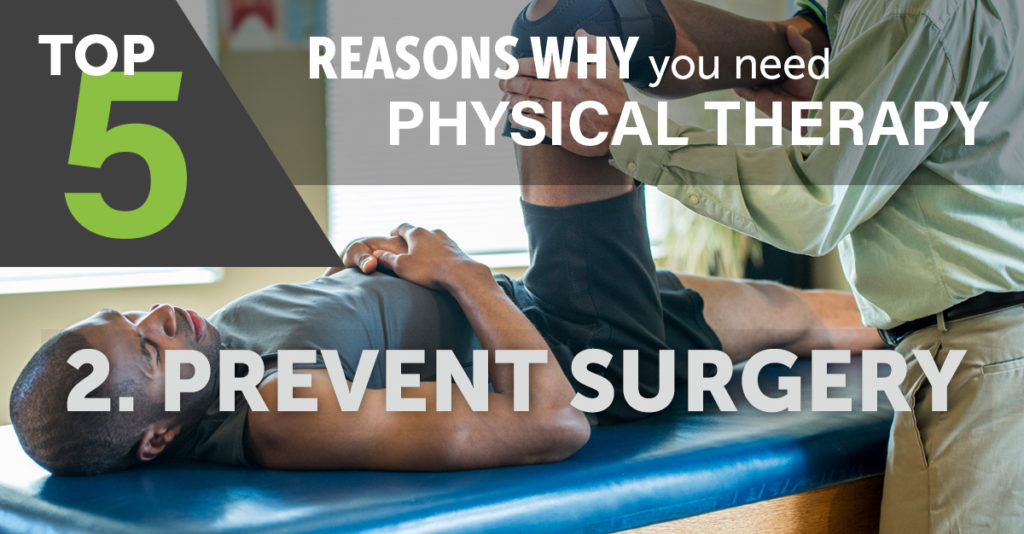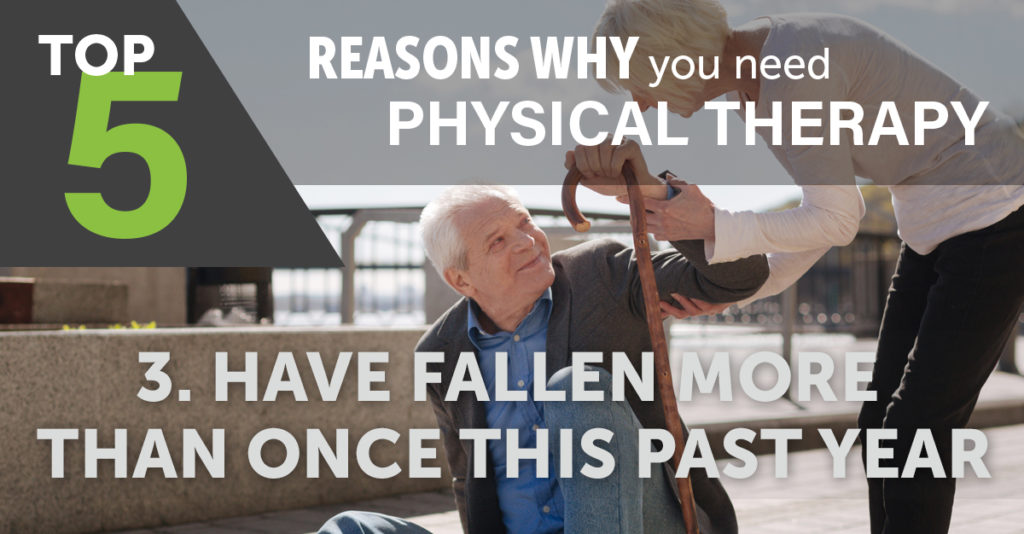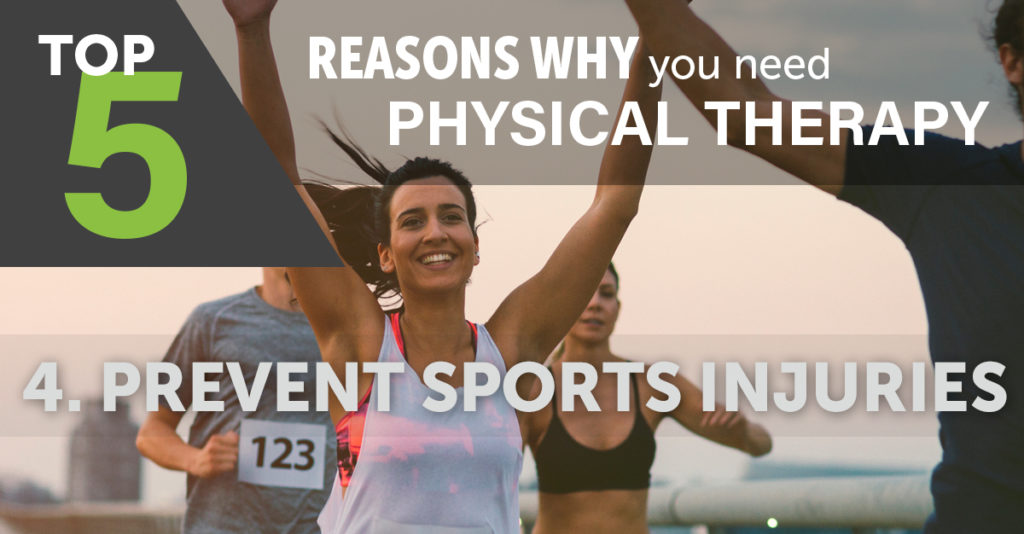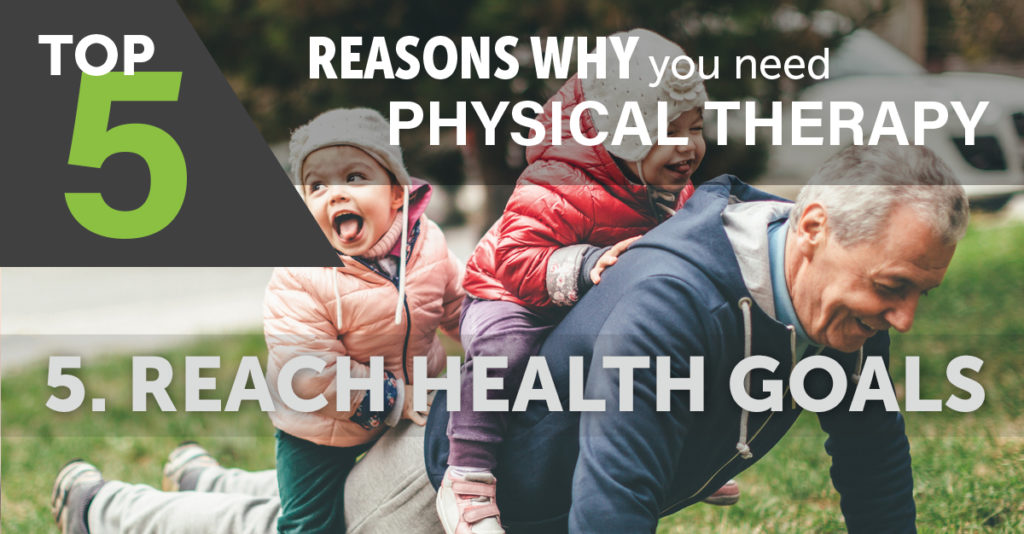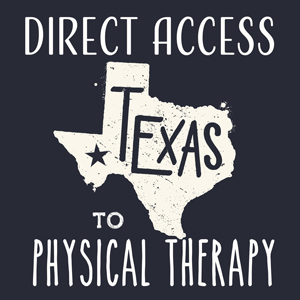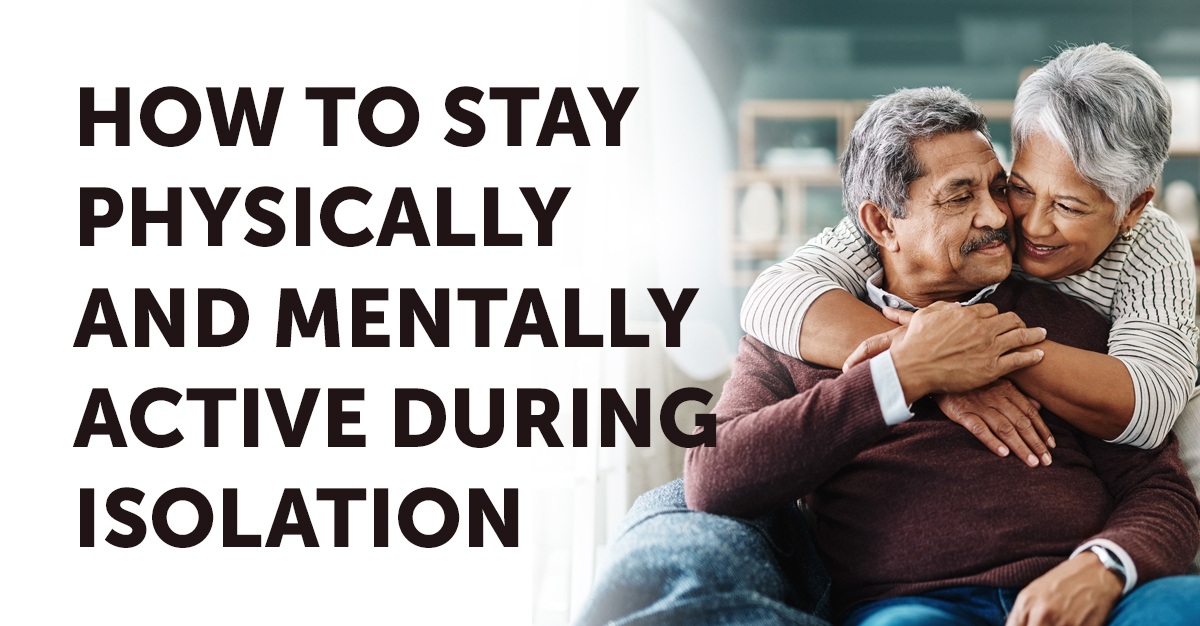
Self-isolation during the coronavirus pandemic has come as quite a shock to many of us – especially those who are used to a more active lifestyle. And while we are waiting for the day when we can safely return to life as we once knew it, let’s focus our efforts on staying active both physically and mentally even though we are stuck in our homes.
Here are eight tips to get you motivated and started:
1. Do some stretches
As your body is now moving less than it is used to (and probably less than it needs to), you need to find new ways to keep it active.
You can start by doing some morning and evening stretches. There are simple routines you can try even if you are not very fit that will get your blood flowing and prevent your muscles from getting stiff.
2. Get up every hour
Set a reminder on your phone to go off every hour, as a way to trigger yourself to get up. Whether you are in a chair or on the couch at the time, get up, walk around a bit, and move your arms and legs. Stretches will be fine here too, but you can also incorporate some light exercises. Even seniors can do a light cardio workout or lift some moderate weights if the doctor allows.
3. Do an online workout
Everyone seems to be streaming their workouts these days, so you’re bound to find something you like. There are Pilates workouts you can try, there’s yoga, there are ballet-inspired classes, but you can also just do some bodyweight work, do indoor walking, and so on.
Just make sure that the intensity and activity level of the workout you are choosing to watch matches your actual fitness levels.
4. Walk when it is safe
If you live in an area where you are still allowed to take walks, make sure you take advantage of this option. As little as 30 minutes of walking a day will suffice to keep you healthy.
Don’t neglect the rules of social distancing while you are outside – and remind yourself you need to prevent yourself from touching your face.
5. Read and write
Self-isolation is a great time to catch up on some reading – whether you have a novel on your bookshelf you can’t seem to get to or choose to download something to your Kindle, make sure you keep your mind engaged with a new read.
You can also add journaling to your routine, and spend a couple of minutes every day writing down your thoughts (with pen and paper). It doesn’t have to be anything in particular – just enjoy expressing your thoughts and feelings for the day.
6. Watch something you haven’t seen yet
Since all kinds of streaming services are now turning out to be our savior, make sure you use them to their fullest. But don’t just keep staring at a screen all day.
Set aside sometime each day (or each week) for watching a program, and don’t overdo it. You can focus on documentaries, old classics you haven’t seen yet, or the latest Netflix sensation. Your favorite feel-good movies are also a welcome distraction.
7. Try something new
Everyone online keeps telling you, you should learn a new skill, but this is not imperative. You can, however, try doing something you don’t usually do. This can be something as simple as a new recipe, brushing your teeth with the other hand, doing your hair differently, sleeping on the other side of the bed – anything that will be a new experience for your body or mind is a good choice.
8. Make plans for later
Even though you may not be able to go outside or travel, you can still mentally prepare and experience some of the things you will be doing once the danger lifts.
You can start jotting down the places you want to visit, things you want to buy and do, and do little mental walks to your favorite places. And don’t let these exercises make you feel bad because you don’t have access to them now. Focus on the feeling of joy they cause, and let yourself feel the pleasure.
While self-isolation is certainly not a pleasant experience, it is only ever as bad as you let it be. Focusing on the positives instead of the negatives will help you get through it easier – and sooner.

